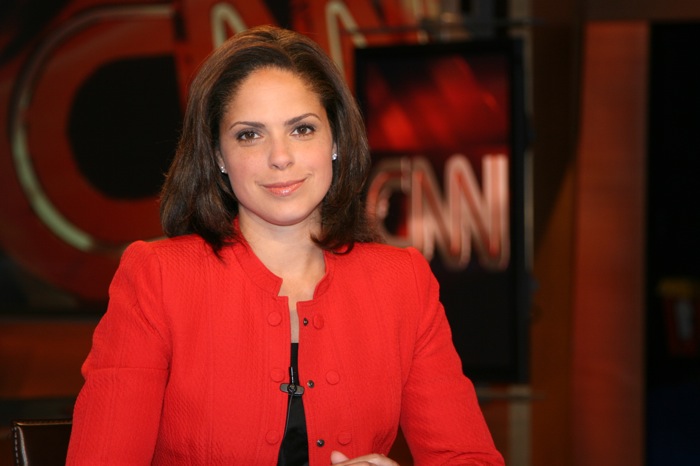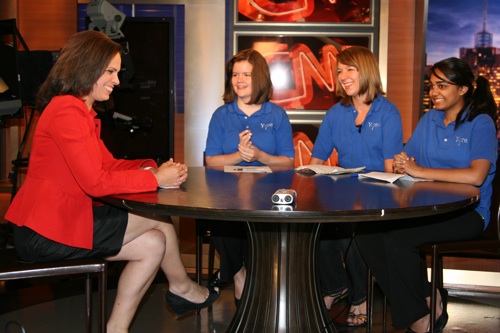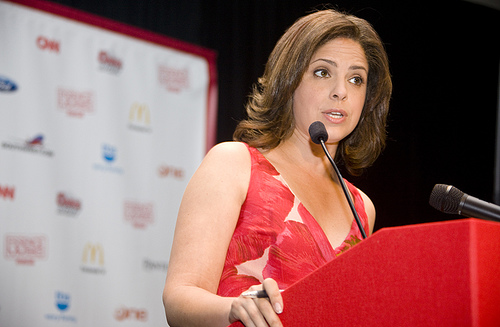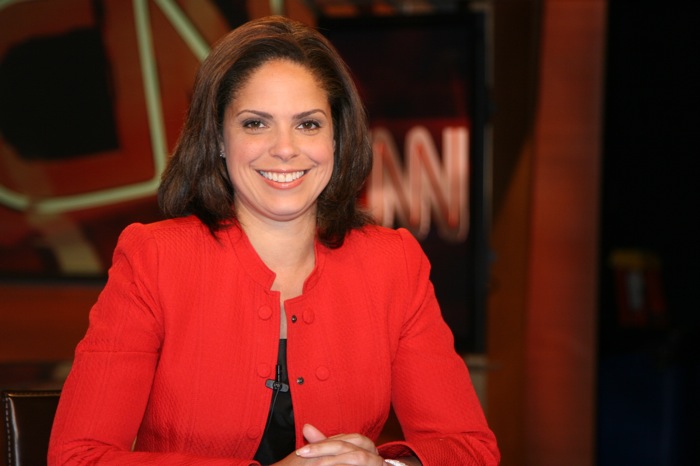Power of the Question
Lesson 3: Setting Tone with Style
APPLICATION
Give students time to review research. Group famous people together and share background information to clarify and discuss the tone/style they will role play in their interview. Journalists should group together with others assigned to interview the same person. For example, will they refer to their interviewee formally, using Mr. or Ms., or informally, using first names? Do they have their questions categorized and grouped?

Student journalists should be encouraged to develop questions and discuss the style they want to set in the interview. Teacher should monitor and check in with all groups during this time.
Conduct mock interviews, allowing groups to move to different parts of the room. The goal is for students to create an authentic experience and ask appropriate, thoughtful, and conversational questions to develop a questioning style. If there is a desire to spend more time and resources are available, the mock interviews could be videotaped so that the entire class could watch, listen, and provide feedback.
As a class and discuss the experience. Some discussion questions could include the following:
- Which questions promoted conversation?
- Which kinds of questions got surprising or interesting responses?
- Did you notice how the journalist’s tone influenced the interview?
- Were there different questioning styles represented by the journalists?
ASSESSMENT
Have students write a one-page reflection paper comparing and contrasting their tone and style of questioning with peer(s) on their team.
MODIFICATIONS/ADAPTIONS
To show a variety of questioning styles, the teacher could create a sample of Youtube video clips of other well-known broadcast journalists/interviewers to show prior to the mock interviews. Examples include: Geraldo Rivera, Barbara Walters, Dan Rather, Diane Sawyer, Ted Koppel, Howard Cosell, Ellen Degeneres, Anderson Cooper, Katie Couric, Peter Jennings, Oprah Winfrey, Brian Williams, Edward R. Murrow, Jessica Savitch, Walter Cronkite, John Stossel or Connie Chung.
In order to help students prepare questions for the mock interview, the teacher may want to create a worksheet or template to guide their research and questions.
Adults (parent volunteers or other school personnel) could role play the famous people so that all students get the journalistic experience of preparing and asking questions.
EXTENSION
The teacher can extend/adapt this activity by dressing up in a particular clothing style (i.e. punk), create a slideshow of pictures of various styles of dress, hair, dance, etc., and/or play various styles of music while students are entering the classroom on day two.
Show the class examples of ineffective tone and style from other interviews using video clips. Have students reflect on the different styles and tones represented in these interviews.
George Galloway verses Jeremy Paxman election 2005 interview
- How did a combative tone influence this interview?
- Did Jeremy Paxman’s style help or hinder the interview content?
HOMEWORK
Ask students to watch one TV news interview. Write about one instance where a reporter asked a follow-up question and one place where the reporter missed an opportunity to probe further.


